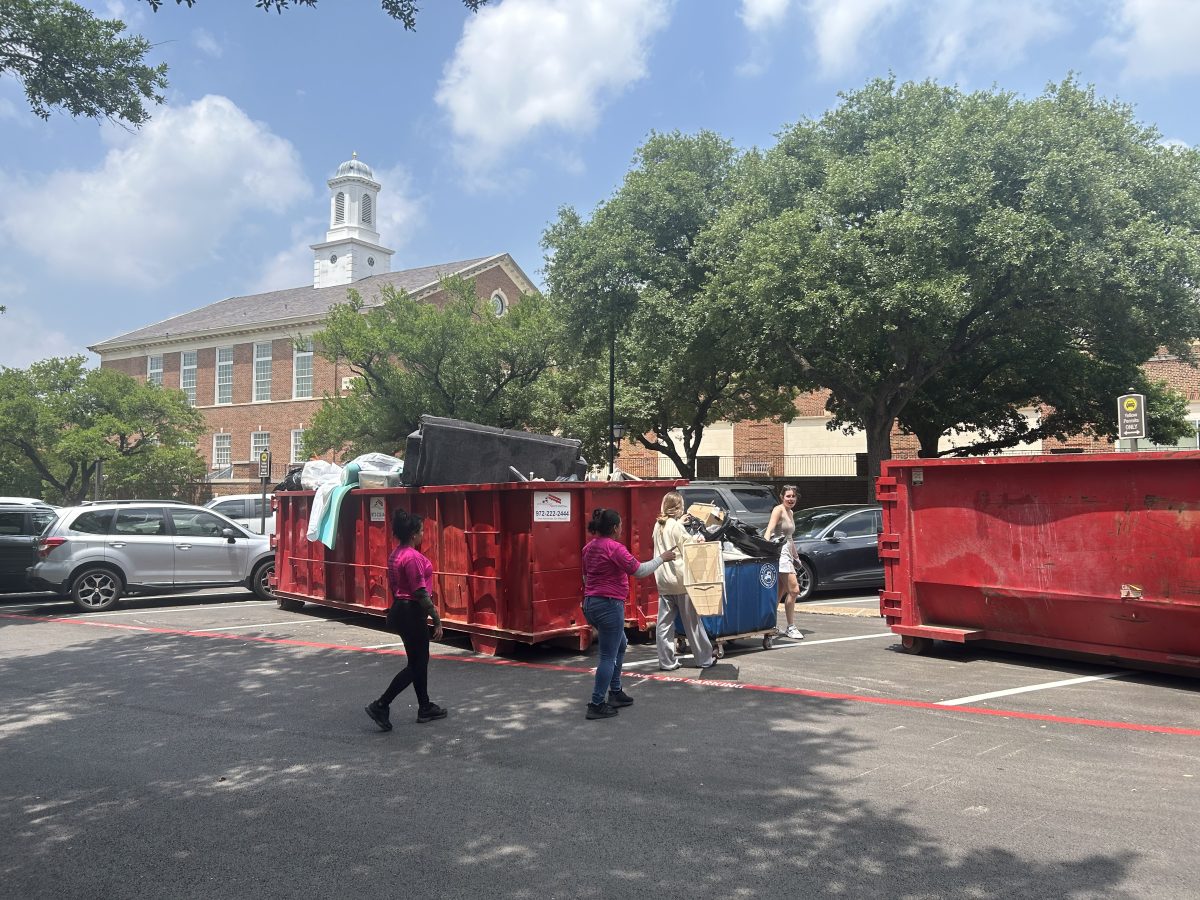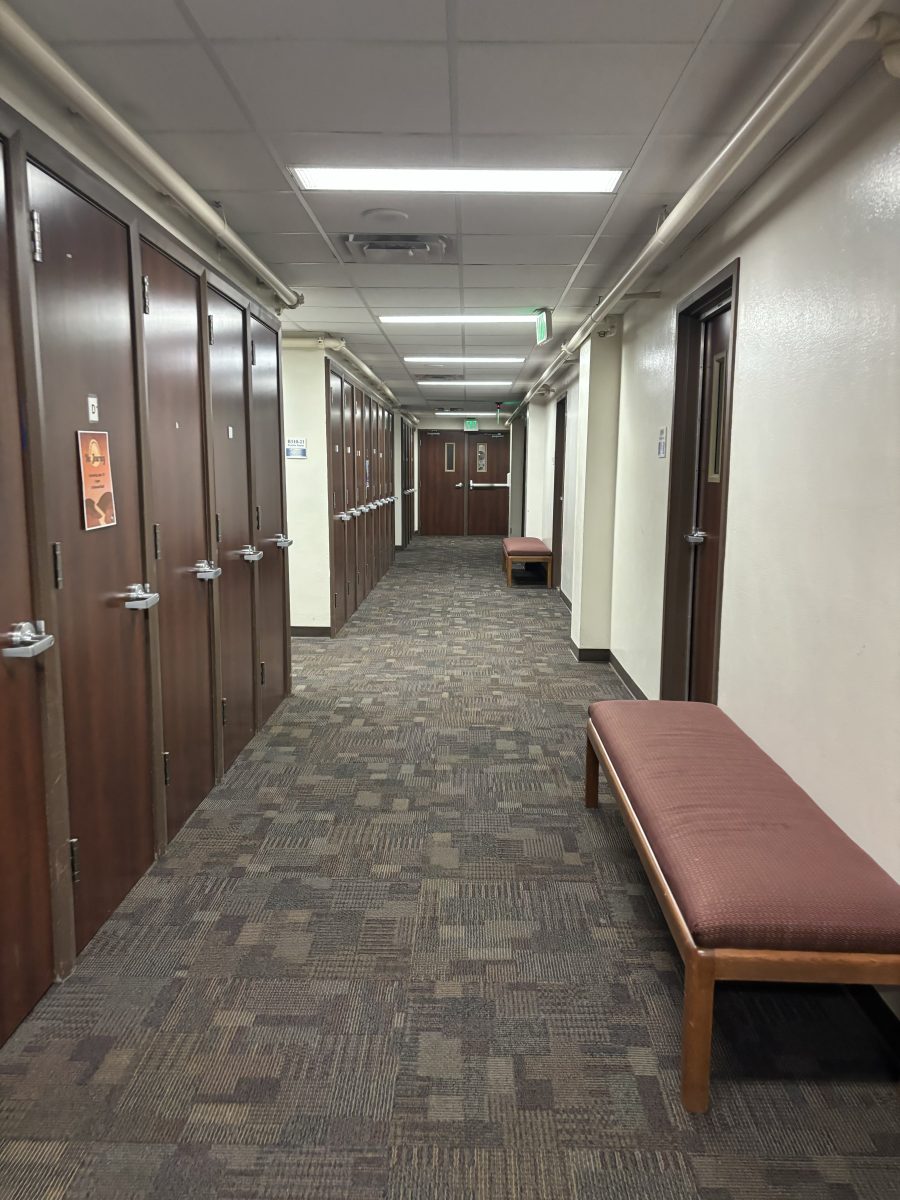In the early modern era, it was believed that the “mixingof the sexes would produce feelings of lust.”
“So watch out tonight,” Diane Wolfthal told the menand women attending Thursday’s Meadows art history lecture”The Women in the Window: Gender and Spatial Topography inImages of Brothels.”
“Architectural space reflects and reinforces socialorganization, and one function of early modern structures was tosegregate men from women,” said the associate professor ofart history from Arizona State University.
This segregation occurred not only in public places, such asconvents and churches, but also in private homes, where men andwomen occupied separate rooms with an adjoining door.
The enclosure of women symbolized their sexual purity. Likewise,prostitutes were linked with windows and doors, which are theconnectors between public and private space that Wolfthal describedas “sexually charged.”
People of that era criticized women looking through windows anddoors with the adage “open door, open bodice.”
Wolfthal focused on three works from early Modernism whereartists depicted prostitutes in this manner. In Bosch’s”The Wayfarer” from the early 16th century, women peerfrom the tattered inn’s window and door. The worn roofindicates moral decay, and the open windows and door are a metaphorfor the prostitute’s bodies.
In a 1499 engraving by Mair von Landshut commonly called”Open House,” men and women sit in a large,double-arched façade. One woman gestures to a man going upstairs to a probable bedroom, while another woman sits next to anopen jug, a symbol of female sexuality.
The third work, a series of anonymous woodcuts, tells the storyof Mary the Harlot, a prostitute who later converted and became asaint. In the images of the brothel, women stand in the doors ofseparate huts, staring at their male caller.
Wolfthal said the same themes can be seen in later works, andshe showed photographs of prostitutes in Amsterdam, similarlybeckoning men on the street from their doorways.
“We can see the presence of the past,” she said.








